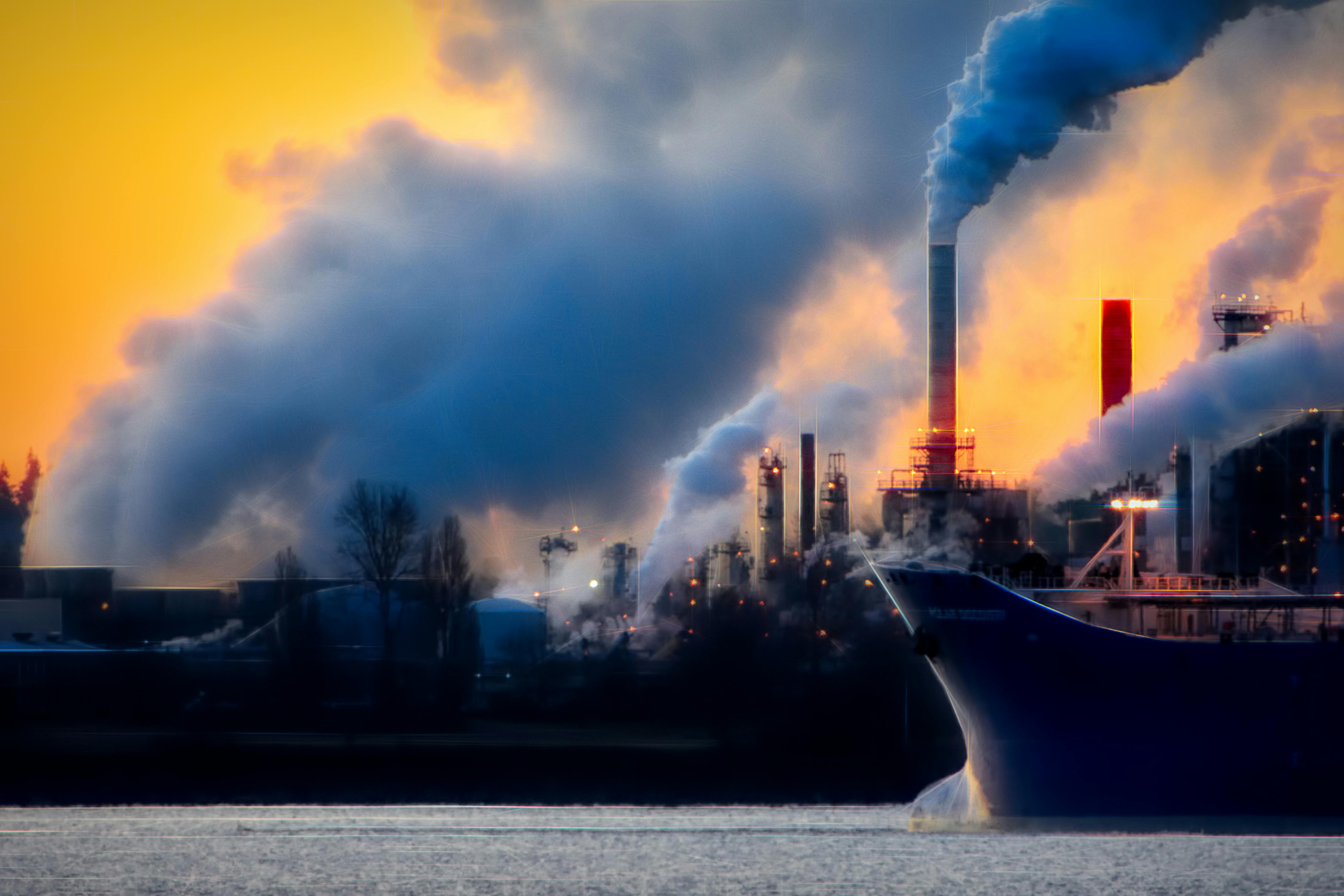Shipowners are facing mounting scrutiny over scrubber technology, which while curbing sulphur oxides in the air, discharges harmful contaminants into the sea. Cyprus, like several other European countries, has already moved to restrict their use in its port waters.
According to the International Maritime Organisation (IMO), sulphur emission control areas (SECAs) require ships to burn fuel with no more than 0.1 per cent sulphur.
The Mediterranean SOx ECA came into force on May 1, 2025, joining the North Sea and Baltic Sea.
From March 2027, new zones in the Norwegian Sea and Canadian Arctic will follow, while in April a further North-East Atlantic zone was approved, creating what officials describe as a European “super emission control area.”
Scrubbers, or exhaust gas cleaning systems (EGCS), were first adopted due to concerns over the availability of very low sulphur fuel oil (VLSFO).
Initially designed to cut sulphur emissions from heavy fuel oil of 3.5 per cent to 0.5 per cent, they have since improved to bring levels below 0.1 per cent.
As a result, many owners turned to scrubbers as a way to keep using cheaper fuel, rather than paying the higher price of compliant grades. The trend has been striking: installations jumped from 326 in 2018 to 6,050 by the end of 2024, representing 5.34 per cent of the global fleet, Clarkson’s data show.
Even so, their wider environmental impact is coming under scrutiny. In its opinion, Drewry said that although scrubbers have “helped the industry comply with sulphur limits and improve air quality, in many cases they have simply shifted pollutants from air to water.”
Studies confirm that washwater contains hazardous substances such as alkyl-PAHs, vanadium and naphthalene, which can hinder the growth and survival of fish and invertebrates in their larval stages.
A ScienceDirect study backed up those concerns, linking scrubber discharges directly to toxic effects in the marine food web.
As a result, governments are stepping up restrictions. Contracting Parties to the OSPAR Convention have modelled the effects of open-loop discharges, warning that current IMO guidelines do not fully cover hazardous metals and hydrocarbons.
Meanwhile, Sweden has already introduced a phased ban, prohibiting open-loop scrubbers from 1 July 2025 and extending the measure to all systems, including closed-loop, from January 1, 2029.
Cyprus has also tightened its approach. Any ship wishing to use scrubbers in Cypriot ports or anchorages must now apply for approval at least 48 hours before arrival, setting out the system type and intended location, according to Britannia P&I Club.
While this is not a full ban, it brings Cyprus into line with other jurisdictions in the region and signals increasing environmental vigilance.
Hybrid systems are sometimes presented as a middle ground. However, Drewry cited case studies showing that even closed-loop effluent killed copepods, a vital species in the Arctic food chain, within one day at a five per cent concentration, or eight days at 40 per cent.
In practice, this means operators would need extra tank space to store washwater until it could be delivered to reception facilities, adding cost and complexity.
The debate is also affecting the roll-out of onboard carbon capture and storage (OCCS). Most designs rely on wet scrubbers to cool exhaust gases before CO2 removal.
Yet with restrictions on scrubbers tightening, these systems could face bottlenecks.
By contrast, dry scrubbers, which use sorbents such as quicklime rather than water, may offer a safer long-term option and avoid the problem of marine discharge altogether.
Against this backdrop, the EU’s Biodiversity Strategy for 2030, together with the Nature Restoration Law and Natura 2000 protections, are already shaping policy.
Drewry concluded that scrubbers may no longer be a sustainable long-term compliance solution but rather a ‘technology dead end’.
“Shipowners should carefully consider these factors before opting for scrubber installation in newbuilds,” Drewry’s study concluded.







Click here to change your cookie preferences